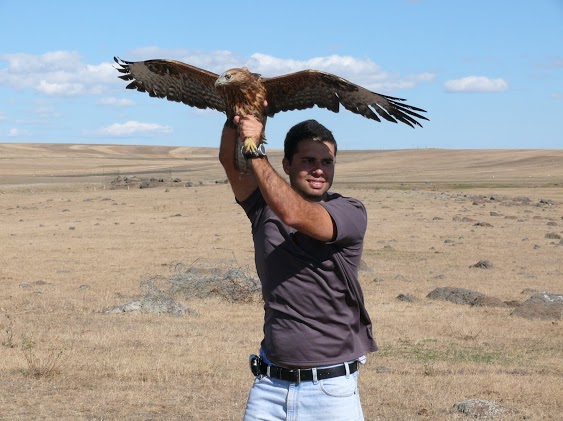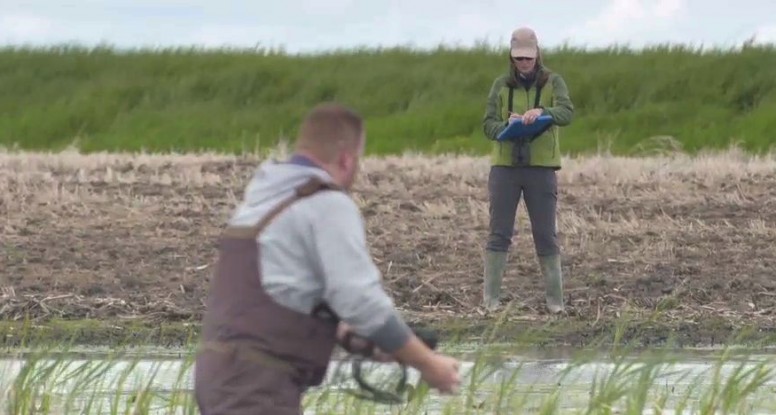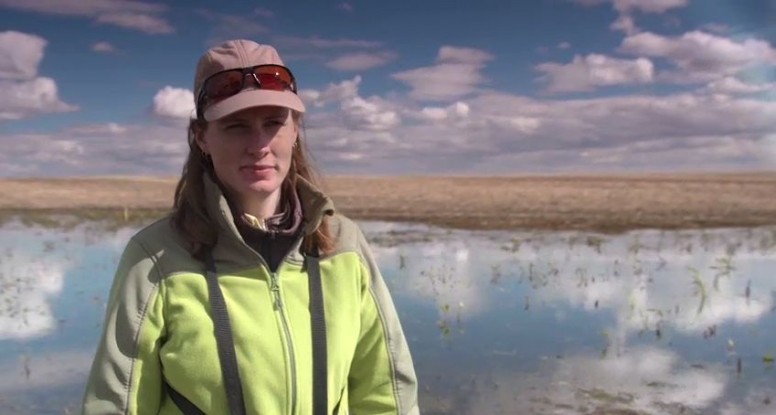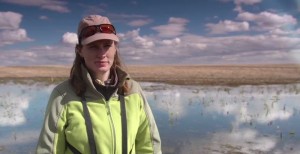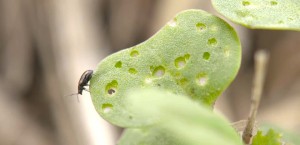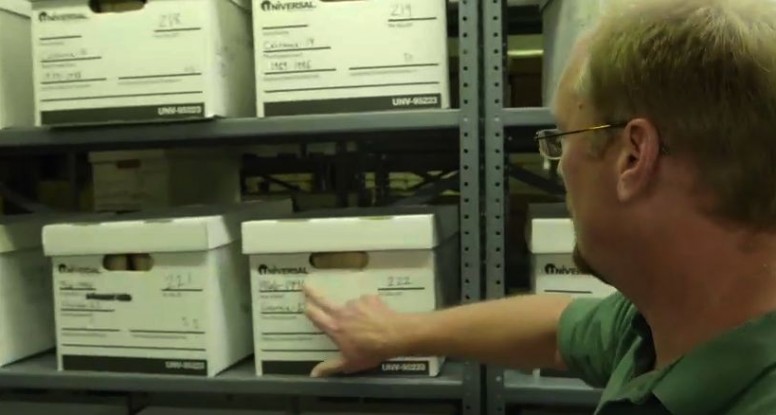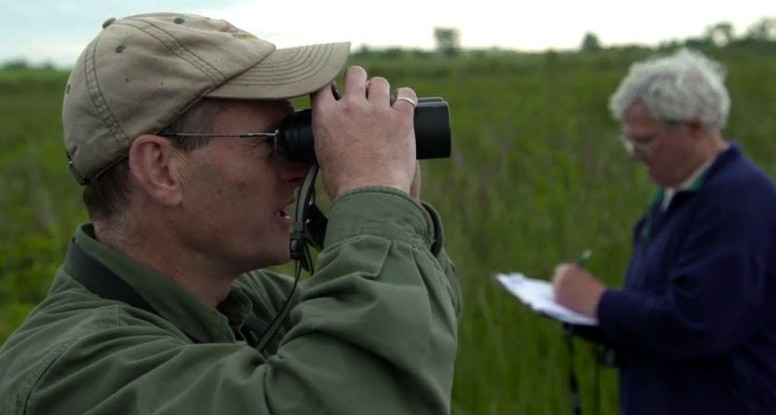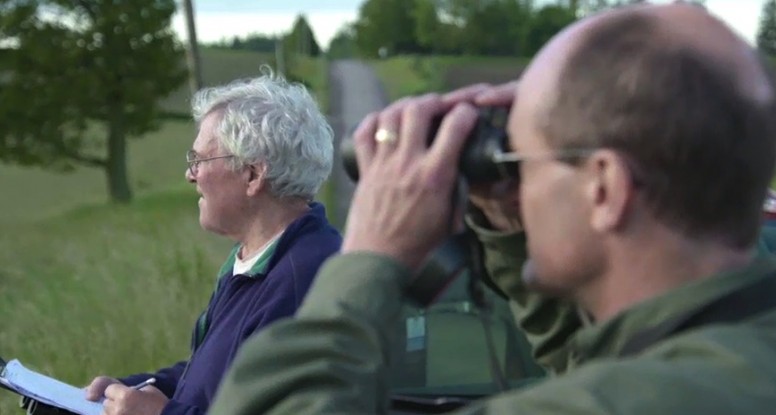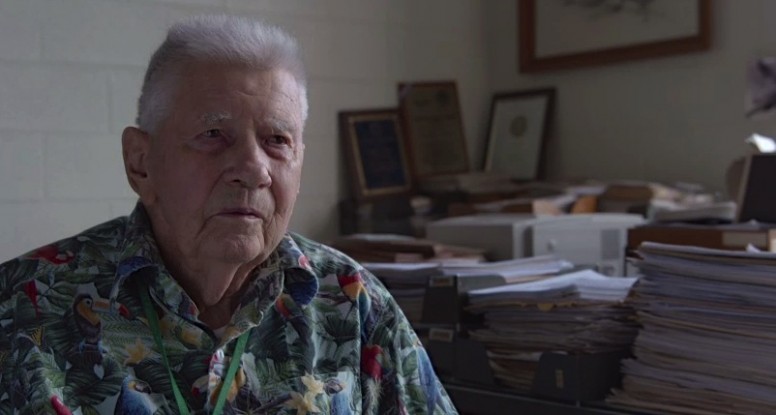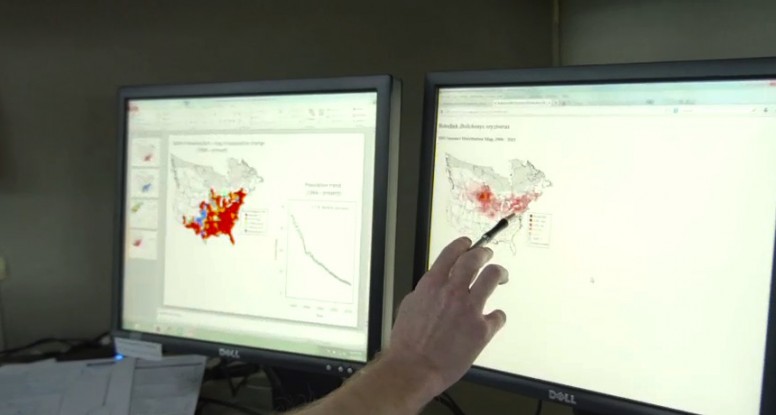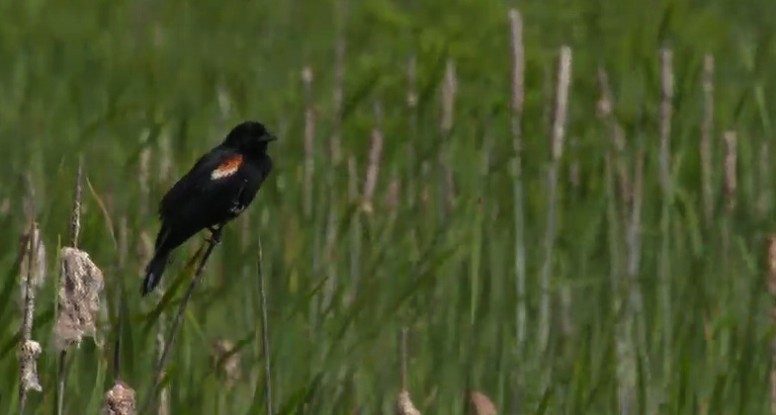Çağan Şekercioğlu, who we filmed with in Turkey, became the first biologist, ecologist and the youngest person to win the TÜBİTAK Special Science Award recently. The University of Utah professor, photographer, and ornithologist received the award (which is Turkey’s highest science award and equivalent to a USA National Science Medal) from Turkey’s President Recep Tayyip Erdogan in a ceremony held in the new Presidential Palace. While receiving the award, Şekercioğlu had a single Eco-Message request: “The biggest award you can give me will be to save from destruction the eastern Turkey’s richest wetland for birds, the Aras River Bird Sanctuary I discovered and where I do my science”. At the same time Sekercioglu gave President Erdogan over 55,000 signatures and 4000 comments he collected with his petition to www.savearas.org.

At the awards ceremony apparently President Erdogan replied to Şekercioğlu, “Putting 55,000 signatures aside, your word is enough, professor. I will talk to Forestry and Water Affairs Minister Veysel Eroglu about this.” He also asked Sekercioğlu to return to Turkey to teach.
The Aras River Bird Research and Education Center, founded by Șekercioğlu in 2006, is one of the few long-term ecological research sites in Turkey. With over 65,000 birds ringed (banded), it is the one of two most productive ringing stations in the country. It is also at the meeting point of Aras River and Iğdır Plains Key Biodiversity Areas and Important Bird Areas, none of which have official government protection.
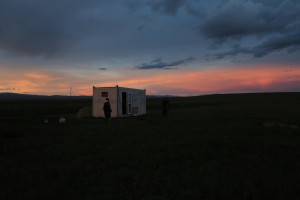
Şekercioğlu is campaigning to stop the proposed Tuzluca dam project and save the Aras River Bird Paradise. The Aras Valley provides critical ecosystem services such as clean water, fertile soil and abundant resources to the area. Şekercioğlu says “This is one of the world’s most important wetlands for birds. If the proposed Tuzluca dam is constructed in the Aras Valley, the feeding, breeding and wintering areas for at least 258 bird species and nearly 100 mammal, reptile and amphibian species will be destroyed.”
The valley has 37 animal species threatened or near threatened with extinction. With more research, it is thought that HALF of all land animal species in Turkey will be recorded in the valley. Birds ringed (banded) and satellite-tracked at this wetland by the conservation group, KuzeyDoğa (founded by Şekercioğlu) were recorded to migrate to and from three continents and dozens of countries, including Cyprus, Ethiopia, Georgia, Hungary, Iraq, Iran, Israel, Jordan, Kenya, Russia, Saudi Arabia, South Africa, Syria, Ukraine, Yemen, and Zambia.
Şekercioğlu, who has already received international awards for his work, including becoming a recognized National Geographic explorer is determined to have Minister Eroğlu keep his word to ensure the immediate cancellation of the Tuzluca Dam project. View some aerial footage and find out more about the campaign here.
Special thanks to www.change.org for their contribution to this post.

